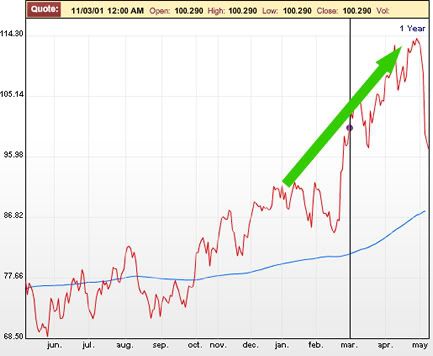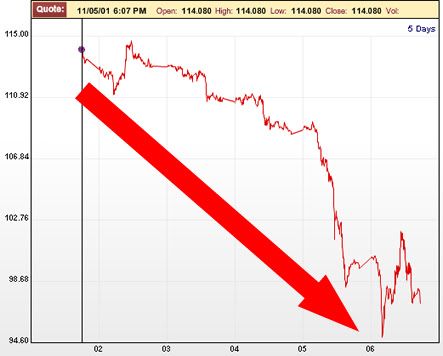
Radisson Blu Plaza Hotel in Sydney is owned by TA Global Bhd.
TA Global Bhd is building up its presence as a more robust property player with developments and investment assets in both the local and foreign markets.
The reorganisation of its parent, TA Enterprise Bhd, in 2009 that involved the disposal of TA Enterprise's property assets to TA Global and the listing of TA Global in the Bursa Malaysia Main Market, has paved the way for the group to flex its muscles in the property arena.

Datin Alicia Tiah
TA Global is now a 74%-owned subsidiary of financial services group TA Enterprise.
According to TA Enterprise managing director cum chief executive officer Datin Alicia Tiah, contribution from TA Enterprise's property subsidiary is set to grow with the higher number of project launches these one to two years.
In property development, projects worth RM596mil in the Klang Valley, Australia and Canada, are among the projects scheduled for launch this year. Last year, only RM180mil worth of projects were launched.
The latest launch is that of Azelia Residence @ Damansara Avenue in Sri Damansara, Kuala Lumpur, comprising 250 condominium units with estimated gross development value of RM210mil. The launch today is only limited to 43 low-rise residences and 58 high-rise units worth some RM120mil.
Tiah says Damansara Avenue is a 48 acre master planned development with a balanced mix of signature office suites, lifestyle retail and alfresco styled F&B outlets, corporate office towers, a business class hotel and lifestyle retail mall.
Launch last August, it is targeted for completion in 10 years.
Located within the growth corridor of Desa Park City, Mutiara Damansara and Sungei Buloh, she says some RM100mil will be expended to build dedicated infrastructure accesses for the development.
Other project launches coming up in the third or fourth quarter this year will be condominium projects in Dutamas and Cheras in Kuala Lumpur.
The Dutamas project will feature residences of between 1,500 sq ft and 1,700 sq ft while the project in Taman Permata, Cheras, will be smaller residences of 500 sq ft to 1300 sq ft.
TA Global is also planning to launch its two overseas projects in Canada and Australia this year.
The C$170mil Gardens project in Richmond, British Columbia in Canada featuring 470 apartments and about 70,000 sq ft of retail cum office space, is earmarked for launch around June or July.
The Little Bay project in Sydney comprising townhouses and courtyard homes with estimated GDV of A$600mil, is for launch in the fourth quarter this year.
Tiah, who is also a non-independent non-executive director of TA Global, says the property group is also enlarging its base in the property investment and hospitality arena.
A number of its upcoming projects in Kuala Lumpur will comprise mixed commercial projects.
Its pipeline of new projects include the TA3 and TA4 development which will feature twin 50-storey blocks of mixed development comprising a hotel tower and a residential tower with retail podium.
Located on 2.47 acres in Jalan P. Ramlee, Kuala Lumpur, the project, targeted for launch in 2013, will have an estimated GDV of RM1.38bil.
Another commercial project in the drawing board is the Nova Square development on 3.075 acres at the corner of Jalan Imbi and Jalan Bukit Bintang, Kuala Lumpur.
The project, scheduled for launch in 2014, will comprise three office and residential towers and have GDV of RM1.35bil.
In the hospitality sector, TA Global has made a number of hotel acquisitions in recent years.
Tiah says the hotel assets were acquired during the bad economic times and the group managed to get quite good deals for them.
Radisson Blu Plaza Hotel in Sydney was bought in 1997 for A$120mil; the deal for Aava Whistler Hotel in Vancouver, Canada, was concluded in 2008 for C$35mil; Swissotel Merchant Court in Singapore was purchased in 2009 for S$260mil; and Westin Melbourne was also bought in 2009 for A$160mil.
Its latest hotel acquisition was concluded on April 6. It paid US$60.75mil for Swissotel Kunshan, a five-star hotel in the city centre of Kunshan in Jiansu province, China.
Tiah says TA Global is mulling plans to set up a hospitality real estate investment trust to unlock the value of its five hotel assets that have a combined asset value of more than RM2bil.
She adds that the plan is still preliminary and will only materialise when the timing is right. TA Global's property investment assets include two office buildings the 37-storey Menara TA One in the vicinity of Kuala Lumpur City Centre, and Wisma TA in Petaling Jaya. It also owns the 24-storey Fortis BC Centre located in the central business district of Vancouver, Canada.
By The Star




